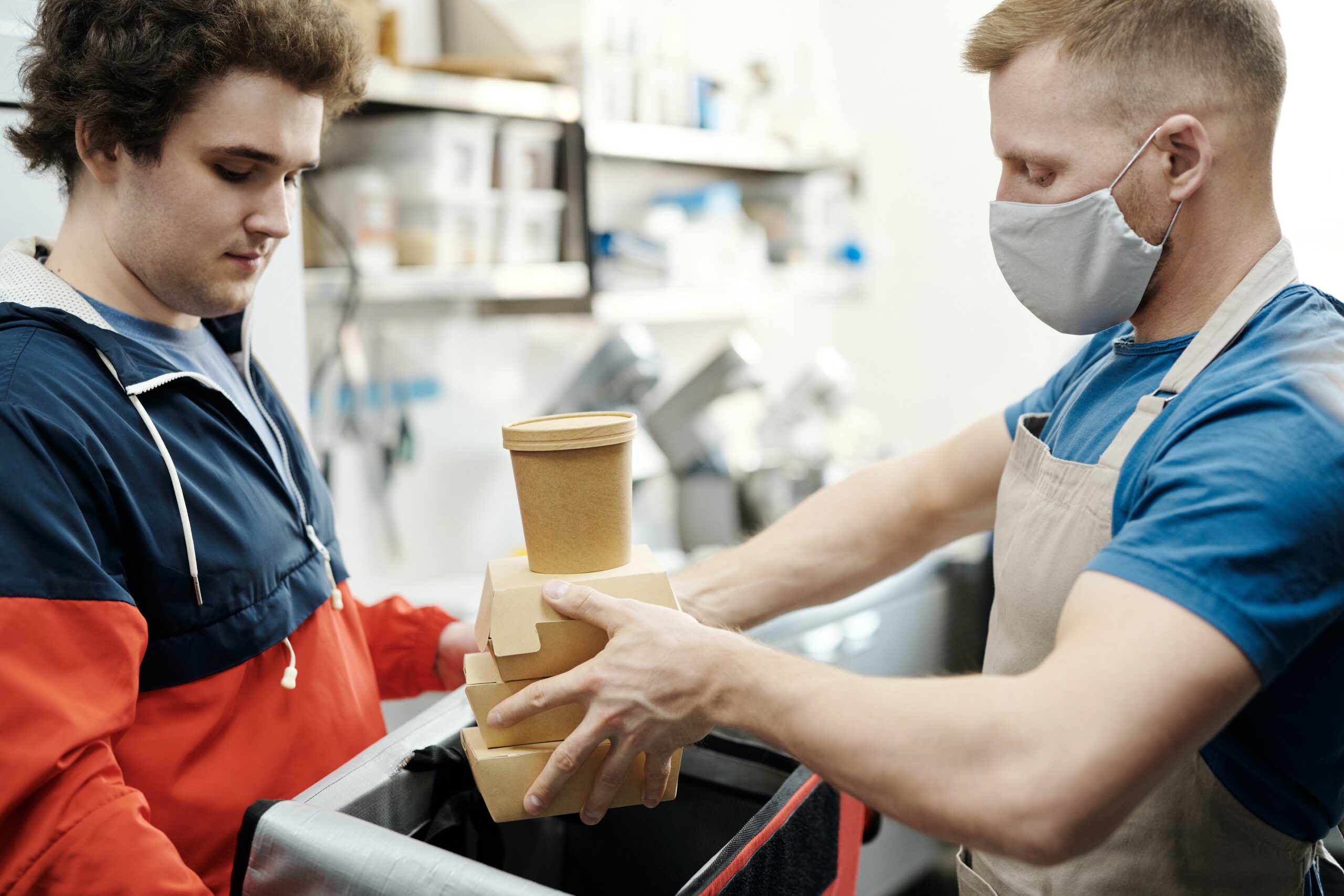Consumers’ ever-growing demand for delivery is set to provide vital sales for many operators over the four-week lockdown in England.
Delivery was a lifeline to many restaurant operators in the spring, and with consumer demand still so high it presents a big opportunity to make up some of the shortfall in sales over the November lockdown,” says Charlie Mitchell, CGA’s research and insight director.
With that in mind, CGA is running a mini-series of three blogs about the delivery market. Future pieces will explore the potential for alcoholic drinks deliveries during lockdown, and analyse how consumers’ delivery and restaurant cook-at-home habits are evolving as we go deeper into the lockdown period. But first, here are six important takeaways about the food delivery market from CGA’s consumer and sales research sources.
1 Nearly a quarter of consumers use delivery weekly
CGA’s August BrandTrack survey showed that 23% of British consumers order food for delivery at least once a week. Another fifth (20%) do so once or twice a month. A similar number (23%) have ordered alcohol for delivery or pick-up from an on-premise outlet since the start of the first lockdown.
2 Lockdown brings in new customers and increases orders
BrandTrack showed that many consumers were drawn to delivery during the first national lockdown in the spring. More than a quarter (27%) ordered it for the first time or more often than usual—and three in five (61%) of them indicated they would continue their new delivery habits beyond lockdown.
3 Managed groups’ delivery sales have doubled year-on-year
CGA’s Coffer Peach Business Tracker confirms that leading pub and restaurant groups’ delivery sales have extended well beyond the first lockdown. Delivery accounted for 10.4% of total sales in September 2020—down from peaks in the summer as people started to go out again, but more than twice as high as the figure of 4.5% recorded in September 2019.
4 JustEat is the most popular delivery platform…
Well over half (58%) of respondents to the BrandTrack survey said they had ordered from one of the big three delivery platforms—JustEat, UberEats and Deliveroo—in the last six months. Of these, JustEat’s wide reach means it is the most common source of orders: two in five (39%) have ordered from it in the last six months, putting it well clear of UberEats (25%) and Deliveroo (22%).
5 … But UberEats has edged ahead in cities
JustEat is thriving in the suburbs and more rural parts of Britain, but in city centres it has been overtaken by UberEats. Two in five (43%) city centre consumers say they have used it in the last six months, placing it just above Just Eat (41%) and Deliveroo (38%). Other platforms are emerging in cities too, like One Delivery (used by 8%), Food Hub (6%) and Door Dash (4%).
6 Delivery logistics and brand equity are crucial
While delivery has been valuable to many operators in 2020, not all are convinced that it is beneficial in the long run. At the start of the year, CGA’s Business Leaders’ Survey showed that 76% more leaders considered delivery to be a positive than a negative for sales. But there was much less certainty around loyalty (with a net positive impression of 18%), and even more doubt about whether it improved consumers’ brand perception (4%).
If businesses are to maximise delivery sales in lockdown, they will need to stay right on top of consumers’ habits, learn the lessons of the first lockdown and satisfy increasingly high expectations on food quality and speed,” says Charlie Mitchell. “It’s also going to be crucial to work closely with third party platforms to generate positive brand perceptions and loyalty in what will be a very competitive delivery market.”
CGA’s BrandTrack and Coffer Peach Business Tracker services will continue to provide important insights into delivery sales over England’s second lockdown and beyond. For more information, email charlie.mitchell@cga.co.uk.



